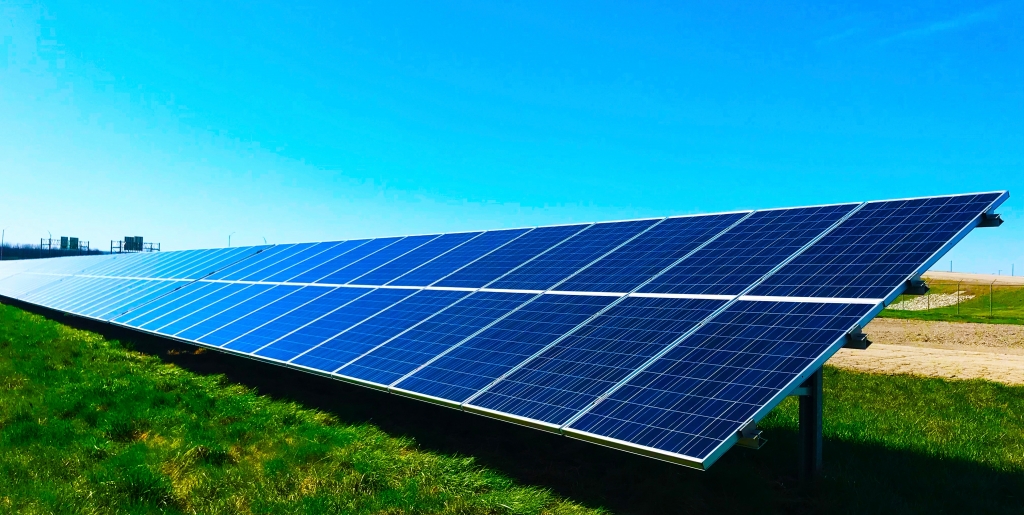Solar Energy
Solar energy, despite what you might have assumed, is quite old. Photovoltaic energy (solar cells) first hit the scene in 1876. A couple scientists back in the day noticed that when selenium was exposed to light, electricity emerged. Selenium cells were far from efficient, but the fact they could be converted into electricity was a massive discovery. Many decades later the first silicon solar cell came to light. The cell could produce enough electricity to power a small electrical device, and the New York Times proclaimed this a groundbreaking discovery that would alter civilization as we know it.
While the groundbreaking part has yet to come to fruition, in 1956 solar cells began to be sold commercially. By the 1960s satellites in both the Soviet and U.S.A. space programs were powered in part by solar cells, and Exxon in the 1970s began using solar cells to power offshore oil rigs. Currently there are several ways solar power can be used. For example, heating water, generating electricity to heat engines, extracting salt from sea water, or even harnessing solar power like plants do for photosynthesis. Large, solar power plants convert sunlight into electricity via photovoltaics (PV) or calling on concentrated solar power (CSP). There are a host of PV power stations around the world, many of which are in the States. The Topaz Solar Farm, Desert Sunlight Solar Farm, Solar Star, California Valley Solar Ranch, Ague Caliente Solar Project and Antelope Valley Solar Ranch are the biggest in the U.S. Of the top 10 China now claims a spot with their Longyangxia Dam Solar Park as well.
Away from its practicality, the benefits of solar energy are the environment remains untouched and unharmed from the production and use of solar energy. It is non-polluting, renewable and positively contributes to job creation and sustainable development. At the same time however, if solar energy was all that positive at every level, it would be widely used, right? Exactly so, so one of the big barriers to effectively tapping into solar energy is location and sunlight availability. Places in Canada and Russia for example are at an extreme solar disadvantage, and solar efficacy is also dependent on the season at hand. During summer months generating more electricity is possible because the sun is angled closer to your location. During the winter months however the sun is angled farther which means less potential power.
Another challenge is the installation area. Installing panels on a roof is relatively simple, but for large companies seeking to generate considerable power, the installation area is going to be much, much bigger than the surface area of a roof. This means giant swaths of land need to be used, and giant swaths of land are typically not sitting around unused for no reason. There is an opportunity cost here – leaving land unused for solar panels as opposed to using it to generate a product or service to sell. Lastly is reliability. Solar energy relies on that burning ball, the sun. At night no generation is occurring so whatever is generated during the day must be stored for the evening. If clouds or a storm rolls in, then the reliability of the sun as a solar producer is put into question. Relying on solar as your principal source of power is shaky at best.
While we’ve come a long way, solar energy as a primary source of energy is not there yet. But with that said there are enough examples of its practical use to keep the momentum moving forward.


Comments:
Login to leave a reply